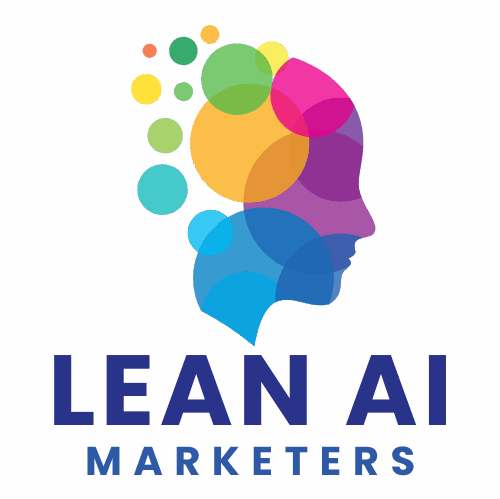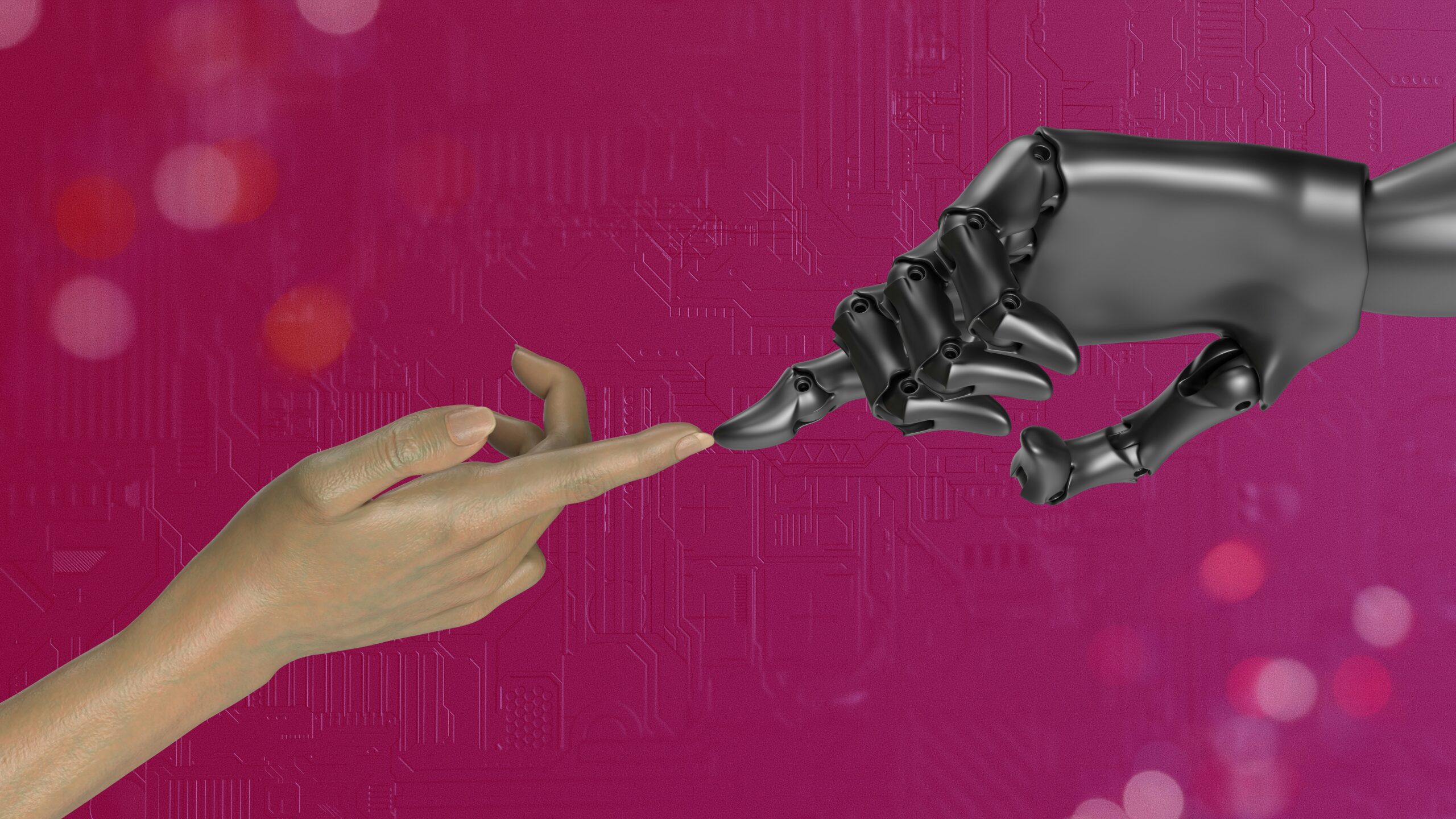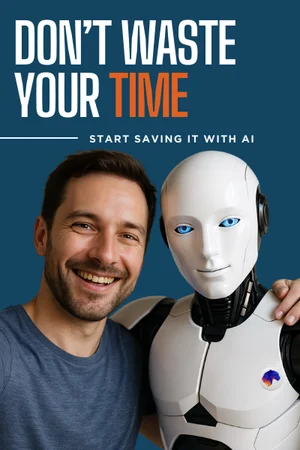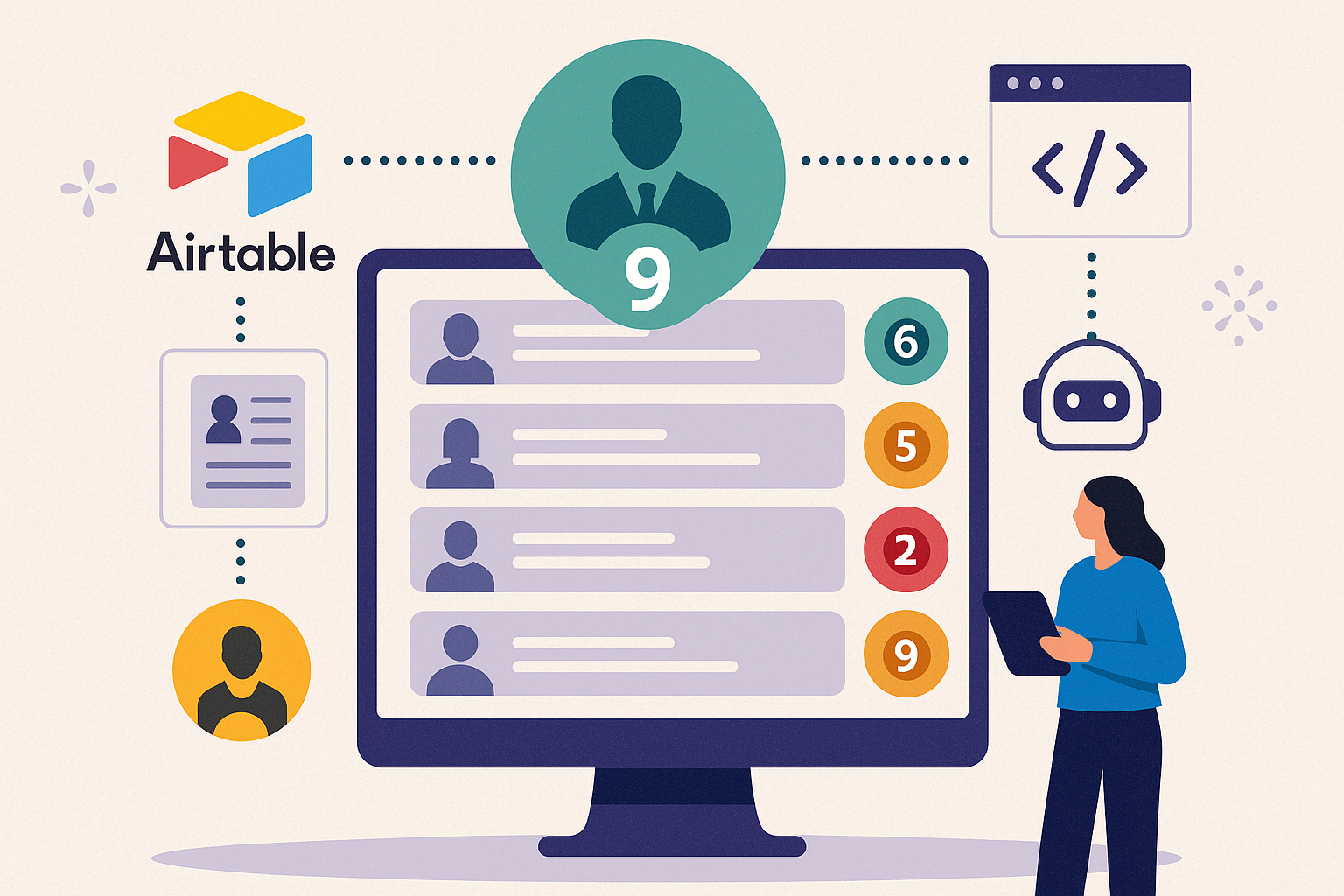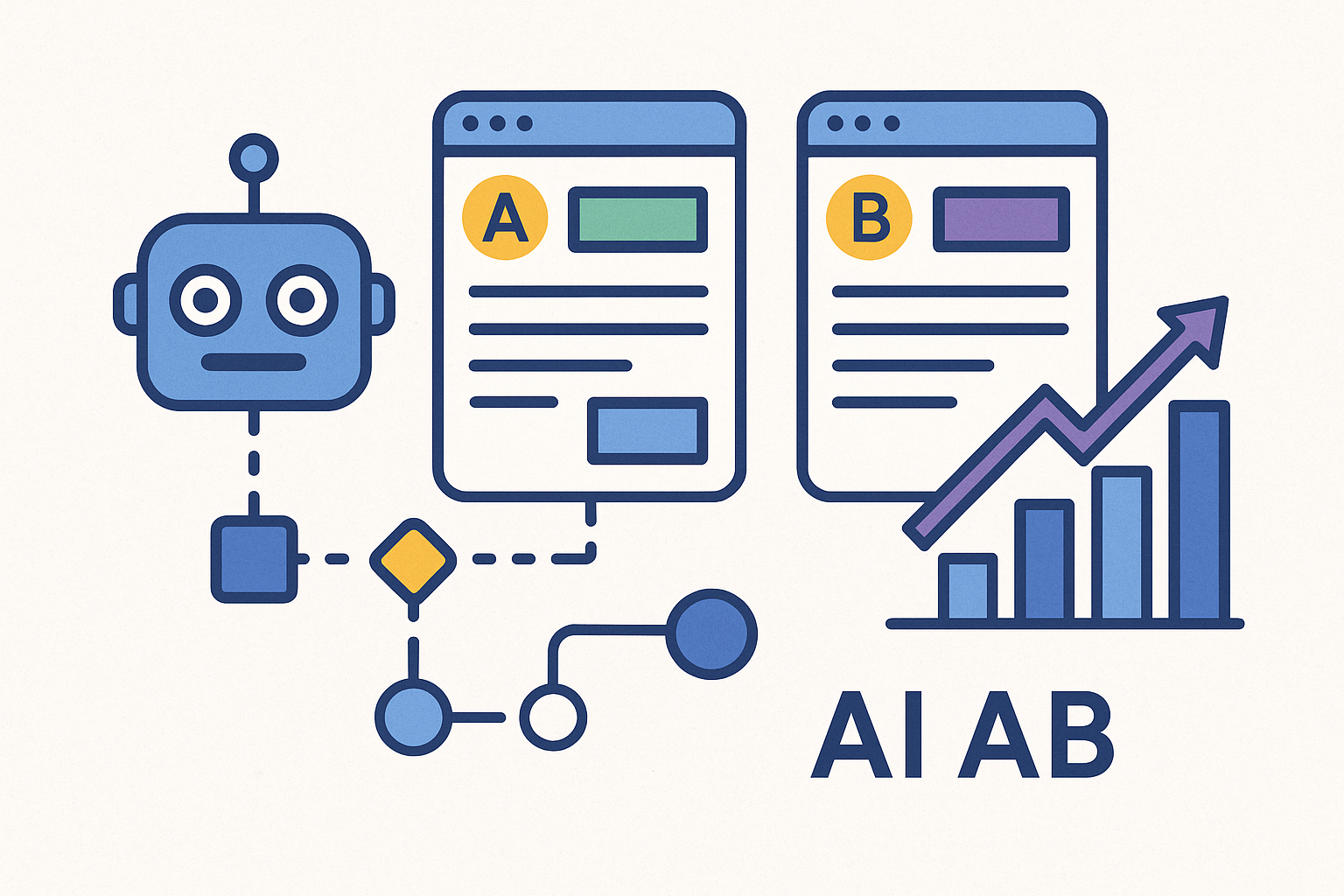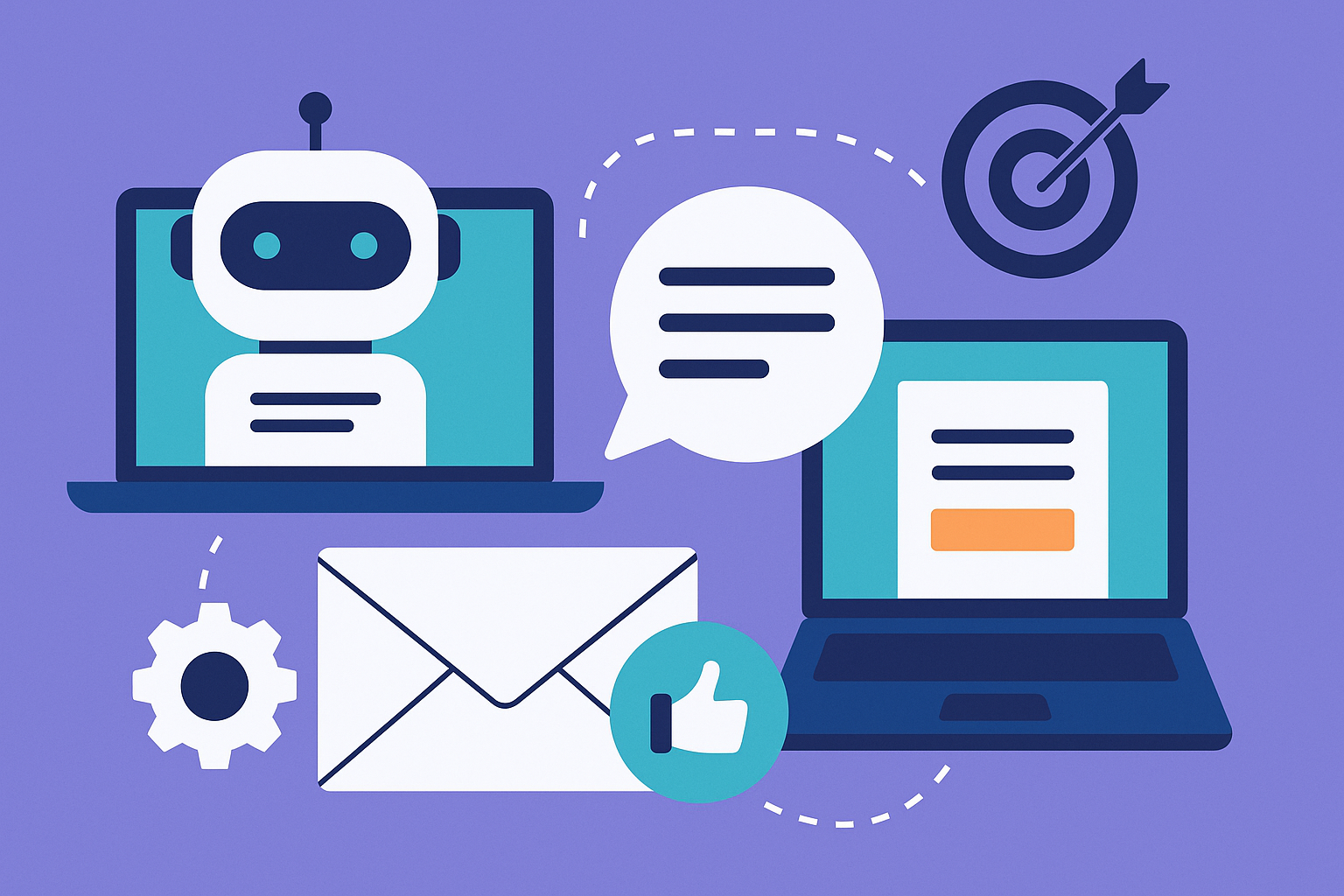How AI Is Changing the Way We Do Lead Generation

Artificial intelligence isn’t just changing marketing—it’s completely redefining how we generate leads.
What used to require hours of manual research, cold outreach, and spreadsheet wrangling now happens in seconds, thanks to AI. However, beyond speed and automation, AI is also forcing a deeper rethink of what “qualified leads” actually mean, and how we build relationships at scale.
In the past, lead generation was a volume game with more emails, more calls, more ads. Yet that strategy had a ceiling—and a high burnout rate! Now, AI-powered systems are helping marketers move from quantity to quality. Predictive algorithms analyze user behavior, firmographics, and real-time intent data to identify the leads most likely to convert. Instead of blasting a thousand messages, you send ten that actually land.
Consider platforms like Lusha, Apollo, or Amplemarket. These tools go beyond basic contact scraping. They enrich each lead with fresh, accurate data and even help sequence outreach based on engagement history.
Some platforms score leads dynamically, adjusting in real time as a prospect clicks, replies, or downloads content. This means your list isn’t just smarter—it’s alive.
AI is also changing how we craft outreach. Tools like ChatGPT, Lavender, or Smartwriter.ai can draft personalized emails that sound human, not robotic.
They analyze a lead’s job title, industry, recent activity, even their tone on social media—to create tailored messaging at scale. And with natural language generation improving rapidly, we’re nearing a point where the line between human and machine-written content is hard to spot.
This shift has lowered the barrier to entry for small teams. You no longer need a huge SDR team to compete. A single marketer with the right AI stack can research, write, and send targeted emails faster than a traditional team could dream of.
Moreover, it raises the expectations for what good outreach looks like. Generic pitches won’t cut it anymore, because your competitors are sending highly personalized, relevant content.
AI also helps with nurturing and can segment your leads into behavioral cohorts and trigger timely follow-ups, educational content, or even personalized video messages using tools like ReachOut.AI. Rather than funneling every contact into a static drip campaign, you build dynamic experiences that adapt to each lead’s journey.
Beyond email, AI tools are also improving omnichannel engagement. Platforms now track user activity across web, social, chat, and SMS, giving you a 360-degree view of each prospect’s behavior. This unified visibility makes it easier to respond to buyer signals and coordinate personalized messaging across every touchpoint.
In addition, AI enables better timing. By analyzing patterns in engagement and time zones, it can schedule emails or LinkedIn messages when leads are most likely to respond. Some tools even recommend the best day of the week or hour of the day to reach out, increasing your chances of getting noticed.
AI is also enhancing lead scoring. Instead of relying on static scoring models based on job title or company size alone, AI-based scoring considers recent intent signals like content downloads, repeat visits, or webinar attendance. This dynamic view helps sales teams prioritize the warmest leads.
Of course, with all these capabilities, it’s VERY tempting to over-automate—but that’s the catch. AI should enable connection, not replace it! The most effective marketers use AI to do what machines do best—processing data, scaling messaging, optimizing timing—so humans can do what we do best: build trust, create value, and close deals.
Ultimately, lead generation is no longer an activity that lives in spreadsheets and CRM exports. It’s becoming a real-time, adaptive system powered by AI and guided by marketers who know how to use it wisely.
To succeed in this new era, we need to blend the analytical strength of AI with the empathy and intuition that only humans can bring.
That balance will define the next generation of high-performing marketing teams. Those who lean into AI not just as a tool but as a co-pilot will discover entirely new ways to connect, convert, and grow.
